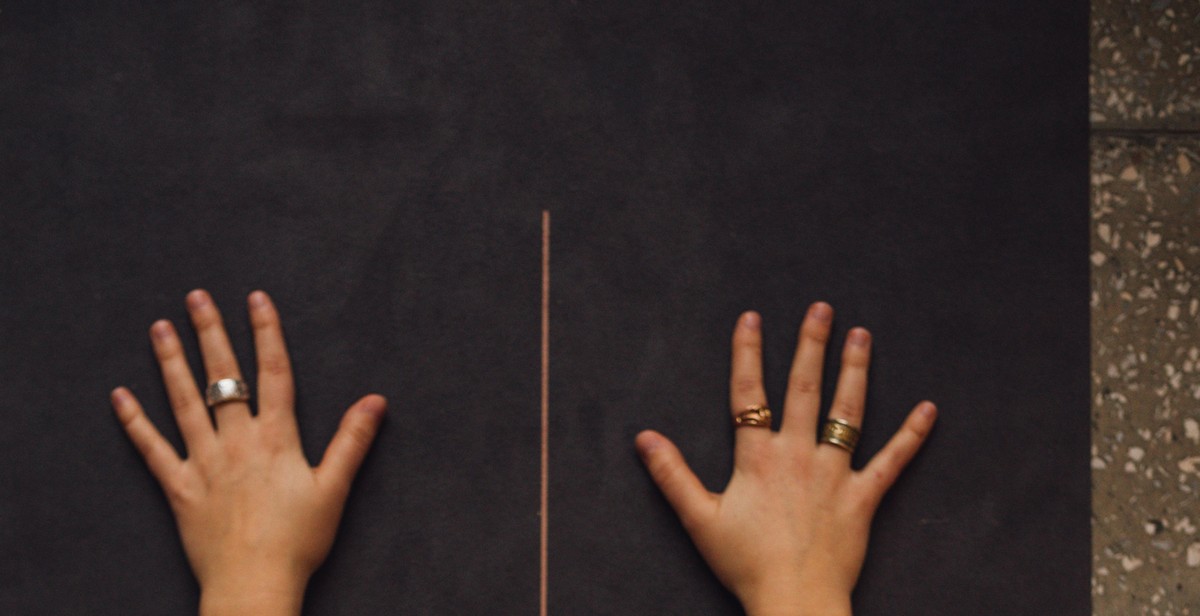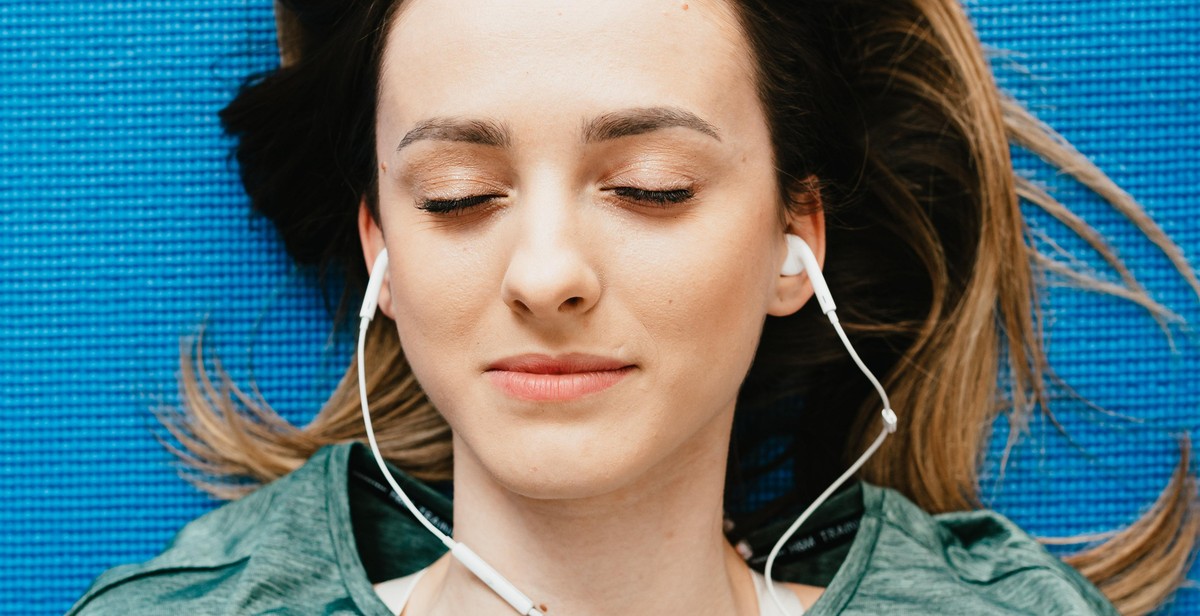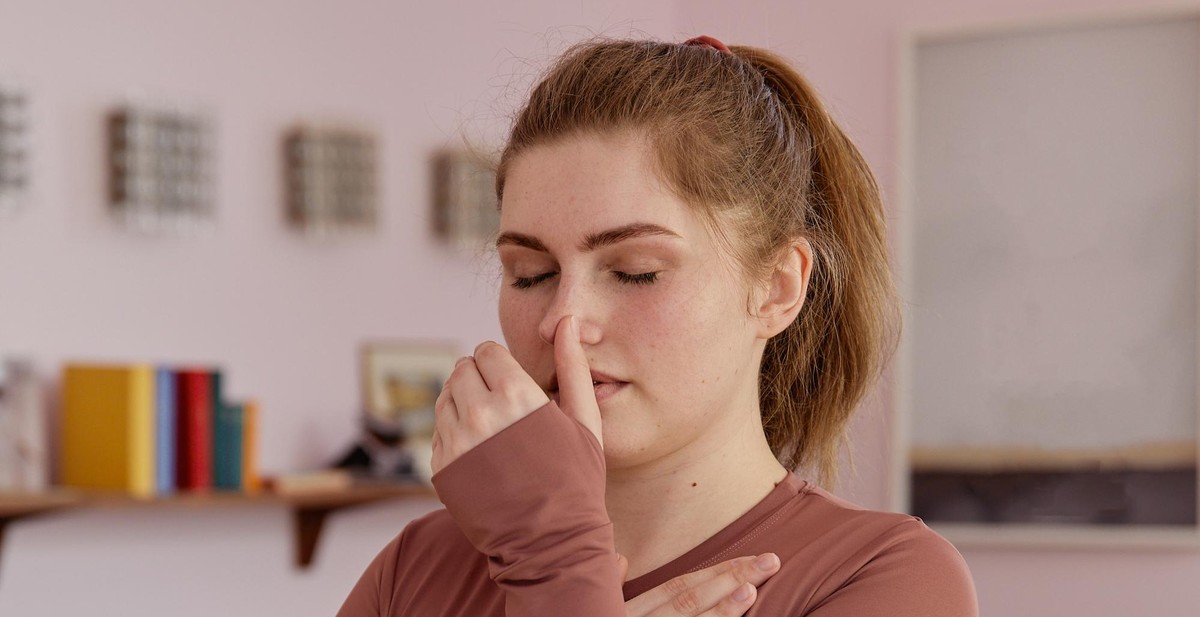How to Practice Yoga for Stress Relief and Mind-Body Wellness
Yoga is an ancient practice that has been around for thousands of years. It originated in India and has been practiced by people all over the world for its many benefits. Yoga is not just a physical exercise; it is a mind-body practice that combines physical postures, breathing techniques, and meditation to improve overall health and well-being.
Benefits of Yoga
Yoga has numerous benefits, including stress relief, improved flexibility, increased strength, and better sleep. It can also help with anxiety, depression, and other mental health conditions. Yoga is a low-impact exercise that can be done by people of all ages and fitness levels.
Yoga for Stress Relief
One of the most significant benefits of yoga is its ability to reduce stress. Stress is a common problem that can lead to a wide range of health issues. Yoga can help to reduce stress by promoting relaxation and mindfulness. The physical postures and breathing techniques used in yoga can help to calm the mind and reduce tension in the body.
Yoga for Mind-Body Wellness
Yoga is also an excellent practice for promoting overall mind-body wellness. The physical postures can help to improve flexibility, strength, and balance, while the breathing techniques and meditation can help to calm the mind and improve mental clarity. Yoga can also help to improve digestion, boost immunity, and promote better sleep.
If you are interested in practicing yoga for stress relief and mind-body wellness, there are many resources available to help you get started. From online classes to local yoga studios, there are many options for finding a yoga practice that works for you.

Understanding Yoga for Stress Relief and Mind-Body Wellness
Yoga is an ancient practice that originated in India over 5,000 years ago. It involves a combination of physical postures, breathing techniques, and meditation to promote overall health and well-being.
The Benefits of Yoga for Stress Relief
One of the most well-known benefits of yoga is its ability to reduce stress. Yoga helps to calm the mind and relax the body, which can lower cortisol levels and reduce feelings of anxiety and tension. Additionally, yoga can increase feelings of happiness and improve overall mood, making it an effective tool for managing stress.
The Connection Between Yoga and Mind-Body Wellness
Yoga is also closely linked to mind-body wellness. The physical postures of yoga help to increase flexibility, strength, and balance, while the breathing techniques and meditation help to improve mental clarity and focus. Together, these elements of yoga can promote a sense of overall well-being and help individuals to feel more in tune with their bodies and minds.
By incorporating yoga into their daily routine, individuals can experience a wide range of benefits, including reduced stress, improved physical health, and enhanced mental clarity and focus.

Preparing for a Yoga Practice
Before you start practicing yoga, it is important to prepare yourself physically and mentally. Here are some things to consider:
Choosing a Yoga Style
There are many different types of yoga, each with its own unique benefits and challenges. Some popular styles include:
- Hatha Yoga: A gentle, slow-paced style that is great for beginners.
- Vinyasa Yoga: A more dynamic style that focuses on flowing movements and breath work.
- Ashtanga Yoga: A challenging, fast-paced style that involves a set sequence of poses.
- Bikram Yoga: A style that takes place in a heated room and involves a set sequence of 26 poses.
Consider your fitness level and goals when choosing a style of yoga.
Selecting the Right Yoga Props
Yoga props, such as blocks, straps, and blankets, can help you modify poses and make them more accessible. If you are a beginner, consider investing in some props to help you get started.
Creating a Comfortable Space
Find a quiet, comfortable space where you can practice yoga without distractions. Make sure you have enough room to move around and that your yoga mat is on a flat, non-slip surface. You may want to light candles or play calming music to help create a relaxing atmosphere.
Yoga Poses for Stress Relief and Mind-Body Wellness
Yoga is a holistic practice that can help reduce stress and promote mind-body wellness. Here are some yoga poses that can help:
Child’s Pose
Child’s Pose is a restorative pose that can help calm the mind and release tension in the body. To practice Child’s Pose, start on your hands and knees, then sit back on your heels and stretch your arms out in front of you. Rest your forehead on the mat and take deep breaths, allowing your body to relax.
Downward-Facing Dog
Downward-Facing Dog is a gentle inversion that can help calm the mind and relieve stress. To practice Downward-Facing Dog, start on your hands and knees, then lift your hips up and back. Press your hands into the mat and stretch your heels toward the floor. Take deep breaths and hold the pose for several breaths.
Warrior I and II
Warrior I and II are standing poses that can help build strength and confidence, while also promoting relaxation. To practice Warrior I, step your right foot forward and bend your knee, while keeping your left foot back and straight. Raise your arms overhead and hold the pose for several breaths. To practice Warrior II, step your feet wide apart and turn your right foot out. Bend your right knee and stretch your arms out to the sides. Hold the pose for several breaths.
Tree Pose
Tree Pose is a balancing pose that can help improve focus and concentration, while also promoting relaxation. To practice Tree Pose, stand on one foot and place the sole of your other foot on your inner thigh. Press your hands together in front of your heart and hold the pose for several breaths. Switch sides and repeat.
Corpse Pose
Corpse Pose is a restorative pose that can help reduce stress and promote relaxation. To practice Corpse Pose, lie on your back with your arms and legs relaxed. Close your eyes and take deep breaths, allowing your body to relax completely.
These yoga poses can be practiced individually or as part of a sequence to help reduce stress and promote mind-body wellness.

Breathing Techniques for Stress Relief
One of the key aspects of practicing yoga for stress relief is incorporating proper breathing techniques. Here are three breathing techniques that can help you reduce stress and improve your overall well-being:
1. Deep Breathing
Deep breathing is a simple but effective technique that can help reduce stress and anxiety. To practice deep breathing, sit comfortably with your spine straight and your eyes closed. Take a deep breath in through your nose, filling your lungs with air. Hold your breath for a few seconds, and then exhale slowly through your mouth. Repeat this process several times, focusing on your breath and clearing your mind of any distractions.
2. Alternate Nostril Breathing
Alternate nostril breathing is a yoga technique that can help balance your energy and reduce stress. To practice this technique, sit comfortably with your spine straight and your eyes closed. Place your right thumb over your right nostril and inhale deeply through your left nostril. Then, close your left nostril with your ring finger and exhale slowly through your right nostril. Inhale through your right nostril, close it with your thumb, and exhale through your left nostril. Repeat this process for several minutes, focusing on your breath and feeling the calming effects of the technique.
3. Ujjayi Breathing
Ujjayi breathing is a technique that can help calm the mind and reduce stress. To practice ujjayi breathing, sit comfortably with your spine straight and your eyes closed. Inhale deeply through your nose while slightly constricting the back of your throat. As you exhale, make a soft “ha” sound in the back of your throat. Repeat this process several times, focusing on your breath and the sound of your exhale.
By incorporating these breathing techniques into your yoga practice, you can reduce stress, calm your mind, and improve your overall well-being.

Meditation for Stress Relief and Mind-Body Wellness
Meditation is a technique that has been used for centuries to promote relaxation, reduce stress, and improve overall well-being. It involves focusing your attention on a particular object, thought, or activity to achieve a state of mental clarity and calmness.
The Benefits of Meditation for Stress Relief
Meditation has been shown to be an effective tool for managing stress and anxiety. It helps to reduce the production of stress hormones like cortisol and adrenaline, which can have negative effects on the body over time. Studies have also shown that meditation can help to lower blood pressure, improve sleep quality, and boost the immune system.
Regular practice of meditation can also have a positive impact on mental health. It has been shown to reduce symptoms of depression and anxiety, improve focus, and increase feelings of happiness and well-being.
How to Meditate
There are many different types of meditation, but most involve finding a quiet and comfortable place to sit or lie down and focusing your attention on your breath or a specific object or thought. Here are some basic steps to get started:
- Find a quiet and comfortable place to sit or lie down.
- Close your eyes and take a few deep breaths to help you relax.
- Focus your attention on your breath, feeling the sensation of air moving in and out of your body.
- If your mind wanders, gently bring your attention back to your breath.
- Continue to focus on your breath for a few minutes, gradually increasing the amount of time you spend meditating each day.
As you become more comfortable with meditation, you can experiment with different techniques and find what works best for you. Some people find it helpful to use guided meditations or attend group meditation sessions to help them stay focused and motivated.

Incorporating Yoga into Your Daily Routine
Yoga is an excellent way to promote stress relief and mind-body wellness. By incorporating yoga into your daily routine, you can improve your physical and mental health, increase your flexibility, and enhance your overall well-being. Here are some tips for adding yoga to your daily routine:
Morning Yoga Routine
Starting your day with yoga can help you feel energized and focused. Consider waking up 15-30 minutes earlier to fit in a quick yoga session before you start your day. Some simple poses to try include:
- Mountain pose
- Forward fold
- Downward-facing dog
- Warrior I
- Child’s pose
Yoga During the Workday
Stressful workdays can take a toll on your mind and body. Taking a few minutes to practice yoga during your workday can help you feel more relaxed and focused. Consider trying some simple poses like:
- Seated spinal twist
- Chair pose
- Tree pose
- Shoulder rolls
Evening Yoga Routine
Ending your day with yoga can help you unwind and prepare for a restful night’s sleep. Consider trying some relaxing poses like:
- Seated forward fold
- Supine twist
- Legs up the wall pose
- Corpse pose
By incorporating yoga into your daily routine, you can improve your physical and mental health, reduce stress, and promote overall well-being. Try adding a few simple poses to your morning, workday, and evening routines to experience the benefits of yoga for yourself.
Conclusion
Yoga is an ancient practice that has been around for centuries, and it has been proven to be an effective way to reduce stress and improve overall mind-body wellness. By practicing yoga regularly, you can improve your physical health, mental well-being, and emotional stability.
Remember to Listen to Your Body
It is important to remember that everyone’s body is different, and what works for one person may not work for another. This means that it is crucial to listen to your body and take things at your own pace. If something doesn’t feel right, don’t push yourself too hard or force yourself to do something that doesn’t feel comfortable.
Find a Practice That Works for You
There are many different types of yoga, so it is important to find a practice that works for you. Whether you prefer a more gentle practice like Hatha yoga or a more intense practice like Ashtanga yoga, there is something out there for everyone.
Make Yoga a Part of Your Daily Routine
Finally, in order to reap the benefits of yoga, it is important to make it a part of your daily routine. Whether you practice for 10 minutes or an hour, incorporating yoga into your daily life can help you find peace and calm in an increasingly hectic world.
| Benefits of Yoga | Types of Yoga | How to Practice Yoga |
|---|---|---|
| Reduces stress and anxiety | Hatha Yoga | Find a quiet space |
| Improves flexibility and balance | Ashtanga Yoga | Breathe deeply |
| Strengthens muscles and bones | Kundalini Yoga | Focus on your body |
| Boosts immune system | Vinyasa Yoga | Take it at your own pace |
Overall, practicing yoga can be a transformative experience that can help you find balance, peace, and well-being in your life. By following these tips and finding a practice that works for you, you can start reaping the many benefits of yoga today.
